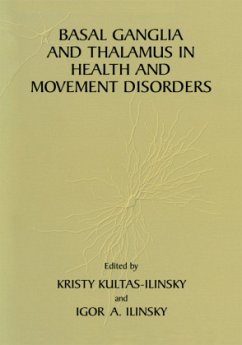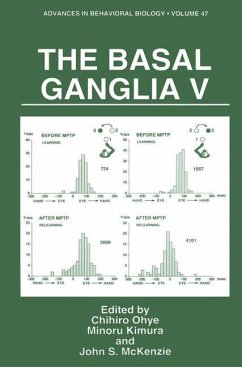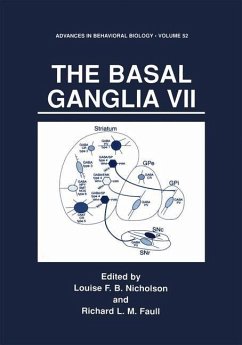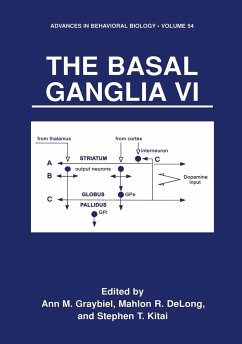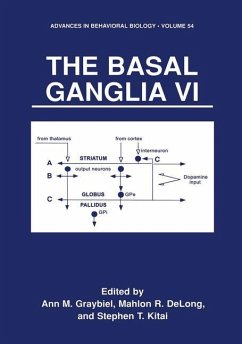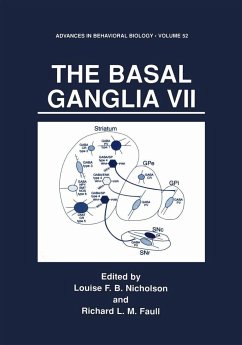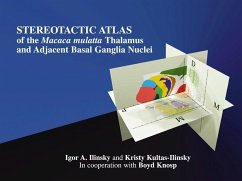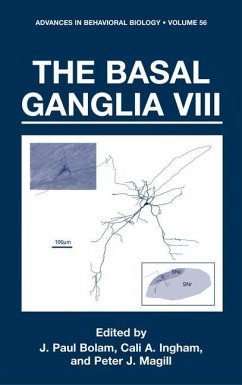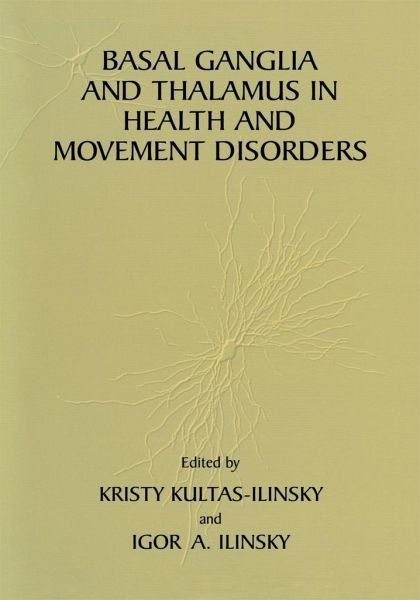
Basal Ganglia and Thalamus in Health and Movement Disorders
Versandkostenfrei!
Versandfertig in 1-2 Wochen
115,99 €
inkl. MwSt.

PAYBACK Punkte
58 °P sammeln!
This volume is comprised of the majority of lecture presentations and a few select posters presented at the International Workshop, "Basal Ganglia and Thalamus in Health and Movement Disorders," held in Moscow, Russia, on May 29-31, 2000. The International Committee responsible for organizing this workshop included Alexander Konovalov, Director, Burdenko Institute of Neurosurgery of the Russian Academy of Medical Sciences, Mahlon DeLong, Chair, Department of Neurology, Emory University, Atlanta, USA, Alim Louis Benabid, Chief, Neurosurgery Service, University of Joseph Fourrier, Grenoble, Fran...
This volume is comprised of the majority of lecture presentations and a few select posters presented at the International Workshop, "Basal Ganglia and Thalamus in Health and Movement Disorders," held in Moscow, Russia, on May 29-31, 2000. The International Committee responsible for organizing this workshop included Alexander Konovalov, Director, Burdenko Institute of Neurosurgery of the Russian Academy of Medical Sciences, Mahlon DeLong, Chair, Department of Neurology, Emory University, Atlanta, USA, Alim Louis Benabid, Chief, Neurosurgery Service, University of Joseph Fourrier, Grenoble, France, and the two undersigned. The workshop was conceived out of a desire to provide a forum for discussions of both basal ganglia-and motor thalamus-related issues by bringing together basic scientists and clinicians representing different disciplines, research directions, and philosophies. The primary goals were to encourage an exchange of information and ideas in an informal environment, tostimulate integration of the data from different disciplines, and to identifY controversial issues and the most essential questions to be addressed in future research.





